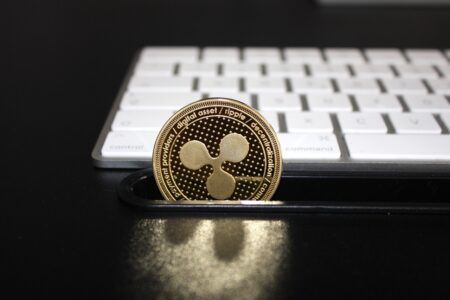According to the most recent analysis by Wall Street Journal (WSJ) published in a report on 5 August 2018, dozens of “pump groups” on messaging apps such as Telegram are manipulating crypto prices on several major digital asset exchanges, generating over $825 million in trading activity in the first half of 2018.
In its review of trading data and online chat amongst traders on messaging apps such as Telegram and Discord, WSJ came across 175 “pump and dump” schemes involving 121 cryptocurrencies, with 63 pump groups found to be “actively pushing different pump schemes.”
As with traditional “pump-and-dump” schemes involving stocks, the basic idea is that the “pumpers” hype an asset, causing its price to rise massively, before dumping it a short time later for a nice profit, leaving many of those players hoping to get rich quick with heavy losses. Since crypto exchanges in most jurisdictions are currently unregulated, market manipulators don’t have to worry too much about getting caught and punished.
The WSJ report says that the “pumping” usually occurs in groups or private chat rooms of online messaging platforms such as Telegram and Discord. It describes the basic strategy of a typical crypto pump-and-dump scammer as follows:
- announce a date, time, and place (some online exchange that supports many of the smaller/cheaper altcoins);
- at the set time, announce (“signal”) the altcoin being pumped;
- let traders get into a “buying frenzy”, which, of course, pushes the price higher;
- a few minutes/hours later, sell the coin
Many of the pump groups WSJ came across have monthly fees in the $50 to $250 range if you are not acting for them as an evangelist.
For traders joining these pump group, the gambling aspect of playing a “game of crypto chicken” (i.e. buy as soon as you get the pump signal, try to hold long enough for the price to go up a decent amount, and ideally sell just before the dump occurs) makes it highly addictive. One trader who played this game and lost heavily was 27-year-old San Diego resident Taylor Caudle, who was interviewed by the WSJ. Mr. Caudle says that he “lost $5,000 in about 30 seconds” at one pump event in January involving the DigixDAO token (which got listed on Binance in November 2017). What made things even worse for him was that he “maxed out a credit card to participate.”
On 15 February 2018, the U.S. Commodity Futures Trading Commission (CFTC), which treats cryptocurrencies as commodities, issued an advisory (titled “Customer Advisory: Beware Virtual Currency Pump-and-Dump Schemes”) to warn people not to “purchase virtual currencies, digital coins, or tokens based on social media tips or sudden price spikes”, and recommended doing thorough research to “separate hype from facts.” According to a Reuters report on the same day, at a Senate hearing in February, Christopher Giancarlo, the CFTC Chairman, had this to say about manipulation of the crypto markets:
“What we will do and we are doing is looking for fraud and manipulation. And we intend to be very aggressive.”
Featured Image Credit: Photo via Unsplash.com








